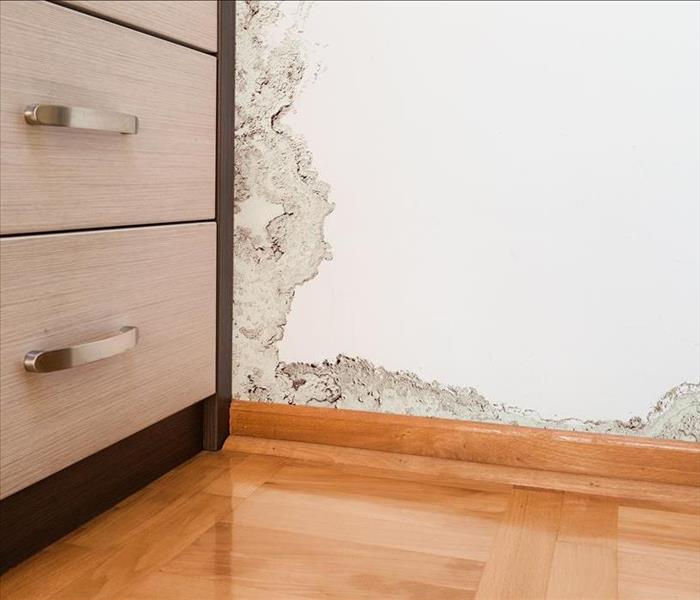Facts about Mold Growth in South Florida's Humidity
9/13/2021 (Permalink)
 The key to preventing mold growth is reducing and controlling the amount of water and moisture in your home.
The key to preventing mold growth is reducing and controlling the amount of water and moisture in your home.
In a place with as much humidity as South Florida, it is inevitable for mold to exist. Because it is very possible to be exposed to mold in South Florida, it is very smart to be properly educated on the topic. Here are some of the most common questions and fast facts about mold:
What is mold?
Mold is a type of fungi that is naturally produced both inside and outside. As a fungus, mold helps decompose materials that are already dead such as soil, plants, food, along with other items found in nature. Through their “spores”, mold can easily spread through the air and multiply in other places. Mold thrives in humid environments, which is why it is commonly found indoors in places like basements and showers.
How does mold grow?
As mentioned above, humid environments provide a place for mold to flourish. In order to grow and multiply, mold only needs three things: nutrients, a surface to grow on, and moisture. Oftentimes, building materials such as wood and sheetrock provide the nutrients that are required for mold to grow. As long as there is enough moisture, there is a potential chance of mold.
What are some of the common causes of mold?
Anywhere that brings moisture, is a place that can cause mold. Some examples of this include:
- Outside flooding (storms, overflowing lakes, streams, etc.)
- Indoor flooding (sinks, tubs, toilets, sewage systems, etc.)
- Poor ventilation in the kitchen or bathroom from steam
- Plumbing leaks or broken/clogged piped
- Buildup of condensation on metal pipes, concreate surfaces, tiles, or even brick
- Wet and damp clothing
- Leaking air-conditioning system
How can I tell if there is mold growth in my home?
Usually, any indoor mode growth can be seen or smelled. Some of the most common characteristics of mold include:
- Visible growth that may have a cotton, velvet, rough, or leathery texture and colors such as white, gray, black, brown, yellow, or green
- An odor that smells earthy or musty
- Concentrated around signs of water damage (leaks, standing water, water stains, condensation, etc.)
Additionally, the Florida Department of Health does not encourage mold testing or sampling. Testing for mold can be a very expensive endeavor and is often not worth it if it's very clear that a problem already exists. According to their rule, you should investigate a mold problem not test it.
How can I prevent mold growth?
The key to preventing mold growth is reducing and controlling the amount of water and moisture in your home. To do this, you should ensure to clean up any spills as soon as possible, dry out any wet building materials or carpets, use a dehumidifier or air conditioning system to keep the humidity level below 60%, and avoid any carpeting in the bathrooms or basements.

 24/7 Emergency Service
24/7 Emergency Service